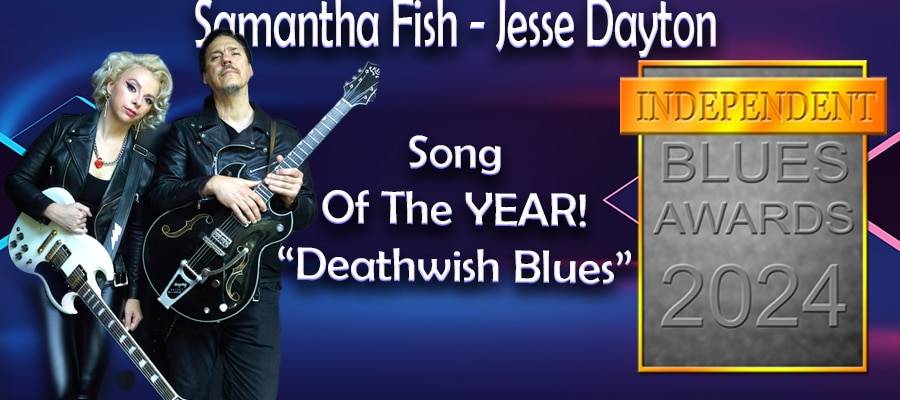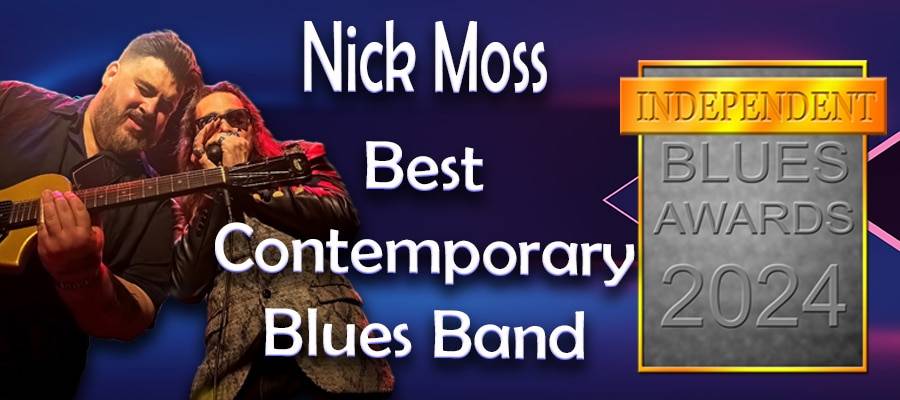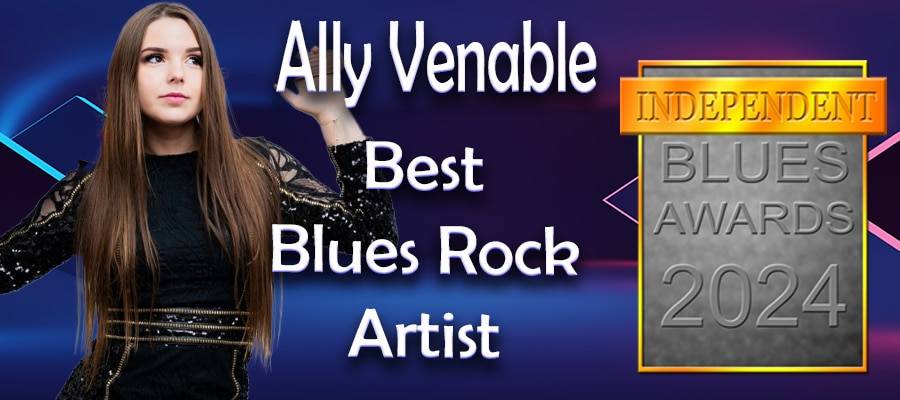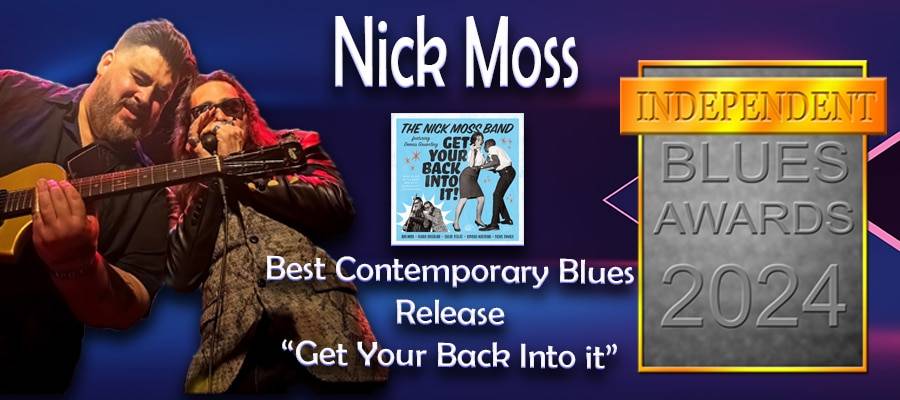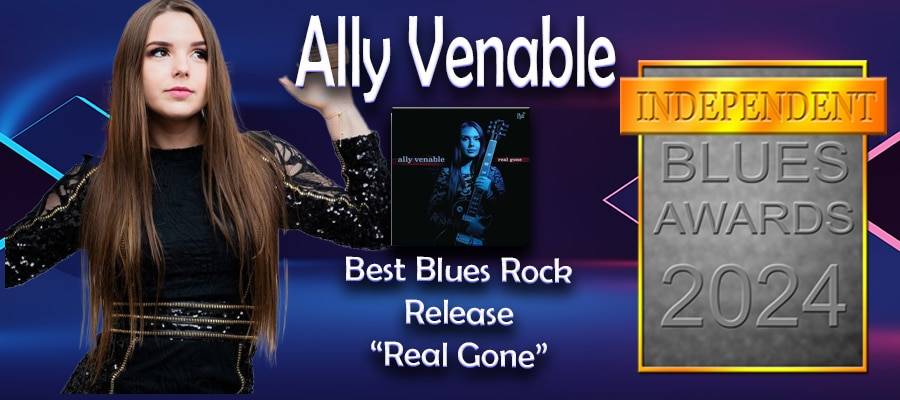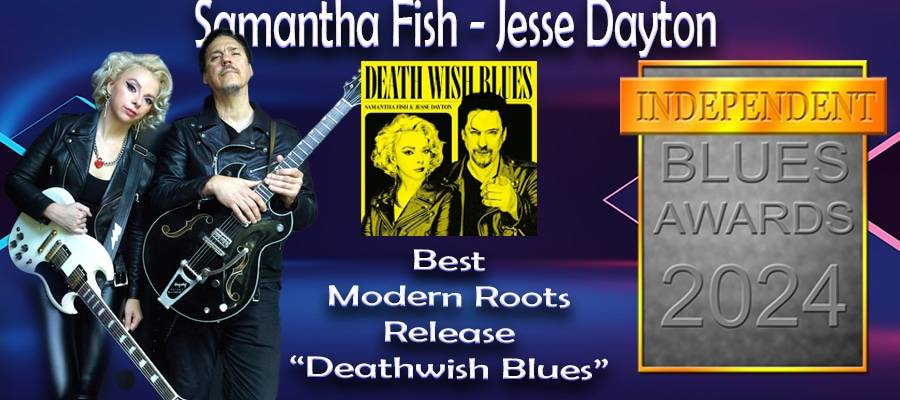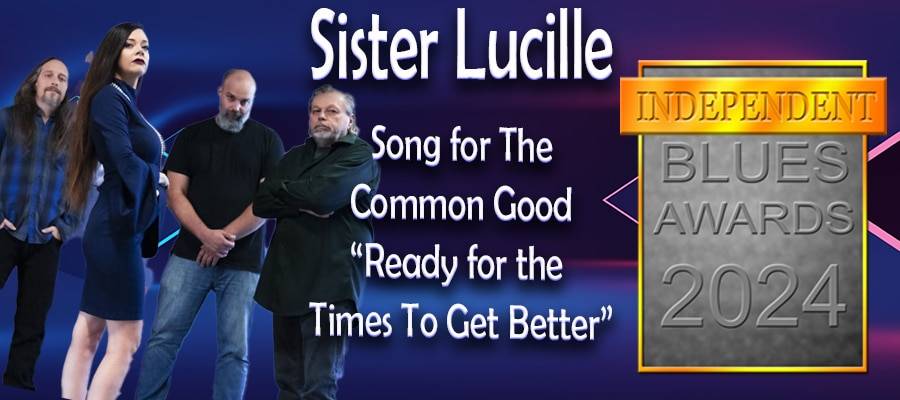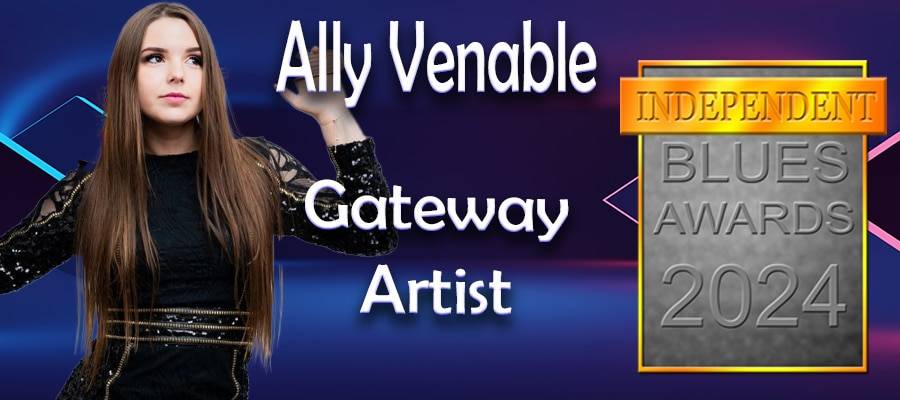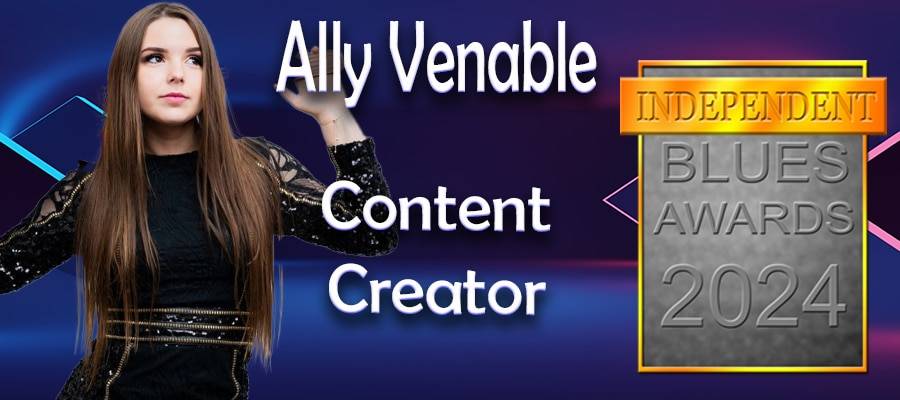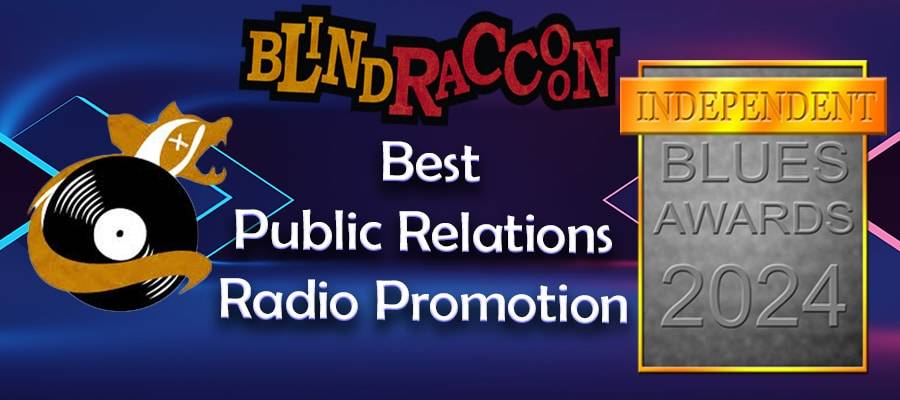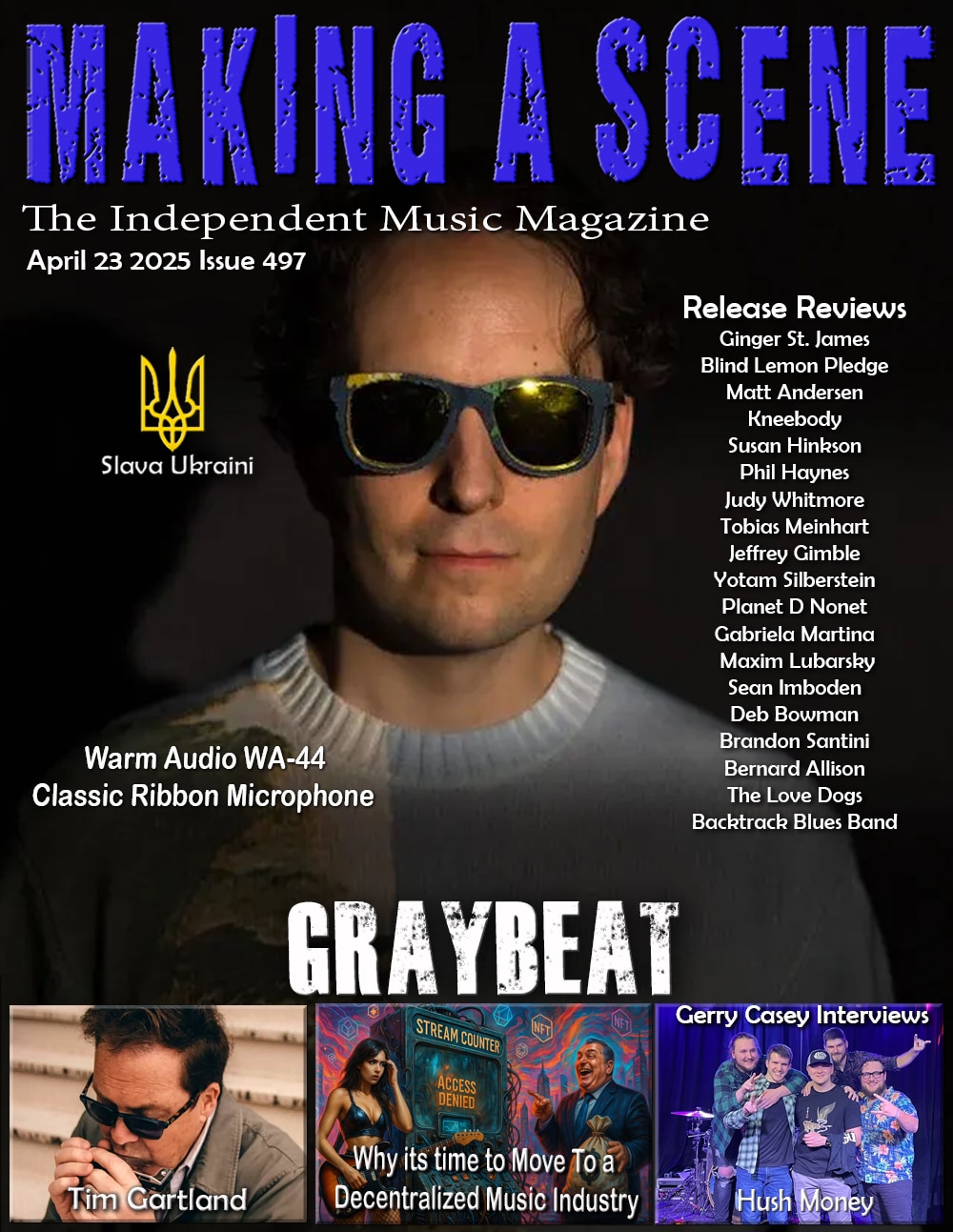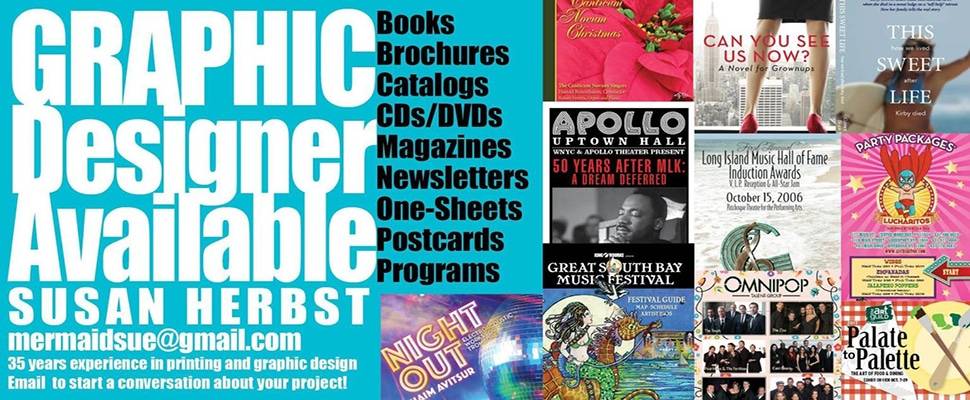How Spotify uses Ghost Writers and AI Content to Increase their Profits
Making a Scene Presents How Spotify uses Ghost Writers and AI Content to Increase their Profits
Spotify has significantly reshaped the music streaming landscape, becoming an integral part of millions of listeners’ daily lives. However, behind the curated playlists and mood-setting tracks lies a controversial strategy involving “ghost artists” and artificial intelligence-generated music, aimed at maximizing profits while minimizing costs.
What Are “Ghost Artists,” and Why Does Spotify Use Them?
“Ghost artists” refer to musicians or producers hired to create songs under pseudonyms or entirely fictitious identities. Spotify commissions these individuals or production companies to produce tracks specifically designed to fit perfectly into popular mood-based playlists, like “Peaceful Piano,” “Deep Focus,” or “Chill Hits.” Because Spotify typically buys these tracks outright, the company avoids paying ongoing royalties each time the music is streamed. In contrast, genuine artists receive royalties per play, which, although small individually, accumulate significantly over time.
The business rationale behind this is clear: mood playlists drive substantial streaming traffic because listeners frequently rely on these curated selections for daily activities such as working, studying, or relaxing. By owning this “perfect fit content,” Spotify drastically reduces the amount it pays in royalties, keeping listeners engaged without incurring additional costs.
Enter Artificial Intelligence: The Next Frontier
Beyond ghost artists, Spotify and its partners are increasingly turning to AI-generated music. Utilizing advanced algorithms, these AI tools create tracks designed to replicate human-made music convincingly. These pieces often seamlessly blend into mood-based playlists, subtly replacing traditional compositions by human artists.
Companies such as Epidemic Sound, known for supplying royalty-free music, openly discuss their intent to integrate AI in music creation. By leveraging AI, Spotify and associated companies can generate large volumes of custom music quickly and inexpensively, making it a lucrative strategy for high-demand, mood-based playlists.
How Does AI-Generated Music Work?
Artificial intelligence in music involves algorithms trained on extensive datasets of human-created music across various genres and moods. The AI analyzes patterns, structures, harmonies, rhythms, and melodic progressions, learning to produce entirely original compositions that mimic human creativity.
For instance, AI might generate relaxing instrumental tracks optimized for background listening during study or work. These pieces often mimic common chord progressions, tempos, and melodies proven popular with listeners, making them indistinguishable from traditional compositions at a casual listen.
Spotify’s Perspective on Ambient Music as a Popular Format
Spotify recognizes ambient and mood-based music as one of the fastest-growing and most consistently popular music formats on its platform. These playlists attract millions of listeners daily due to their suitability for background listening during tasks such as working, studying, or unwinding. Spotify’s algorithms and user data confirm that listeners often prefer mood-oriented playlists, spending extensive periods streaming continuous background music without frequent song skips or playlist changes.
The platform views these playlists not only as highly profitable—since they generate consistent streaming without the need for high-profile artist names—but also as key drivers of user engagement and retention. Spotify actively invests in and promotes ambient and mood-based playlists, understanding that their effectiveness in maintaining listener attention directly correlates with increased revenue and platform loyalty.
The Impact on Musicians and the Music Industry
While economically beneficial to Spotify, the rise of ghost artists and AI-generated music has sparked concern within the broader music community. Independent musicians and artists, already struggling with low streaming royalties, face further marginalization as these cheaper alternatives take playlist slots traditionally used for genuine artist exposure.
Mood-based playlists often serve as vital discovery tools for emerging musicians. Being featured can substantially boost an artist’s listener base, lead to increased live performances, merchandise sales, and overall fan engagement. By filling these playlists with proprietary ghost and AI-generated tracks, Spotify reduces opportunities for real artists to grow their careers organically.
Ethical Considerations and Industry Backlash
Critics argue Spotify’s practices prioritize financial gains over artistic authenticity and ethical responsibility. This raises serious questions about transparency and fairness, as listeners often remain unaware they’re listening to artificially generated or anonymously produced music. Without clear labeling, users might unintentionally support practices detrimental to artists they otherwise want to support.
Additionally, these practices potentially homogenize music, reducing its emotional and cultural depth. While AI-generated tracks can mimic moods effectively, they often lack the unique emotional resonance and creative nuances found in human-produced music, potentially diminishing the overall listening experience.
Future Implications and Listener Awareness
As Spotify continues to expand its reliance on ghost artists and AI-generated content, listeners and artists alike must stay informed. Awareness of these practices empowers consumers to make intentional choices about their music consumption, potentially influencing platforms to prioritize artist-supportive models.
Furthermore, transparency from Spotify and similar streaming services could foster a healthier music ecosystem. By clearly labeling AI-generated and ghost-produced tracks, platforms would allow listeners to choose between supporting authentic artists or consuming platform-owned content knowingly.
Conclusion
Spotify’s growing use of ghost artists and AI-generated music is a clear sign of where music streaming is headed—at the crossroads of technology, convenience, and profit. These strategies may boost Spotify’s bottom line, but they come at the cost of creativity, fairness, and artist recognition. As streaming becomes more automated and less human, we risk losing the very soul of what makes music resonate.
Finding a healthy balance between innovation and integrity is the challenge of this next chapter in the music business. It’s not just about tech anymore—it’s about values. Will we prioritize fast, cheap content or stand behind the real artists who bring depth, story, and authenticity to the art form?
If you’re a fan of music that means something—music made by real humans with real stories—this might be the wake-up call. Maybe it’s time to let Spotify become the new Muzak: functional background noise. Meanwhile, the future of meaningful, independent, human-made music may lie in the hands of decentralized, blockchain-based platforms that actually support the creators behind the sound.
Because in the end, music deserves more than just efficiency—it deserves heart.
Discover more from Making A Scene!
Subscribe to get the latest posts sent to your email.



